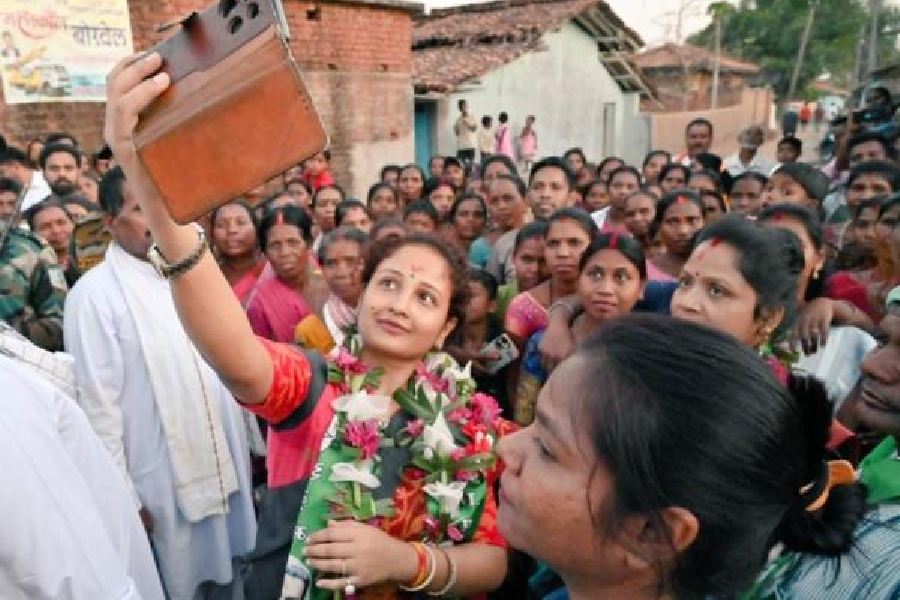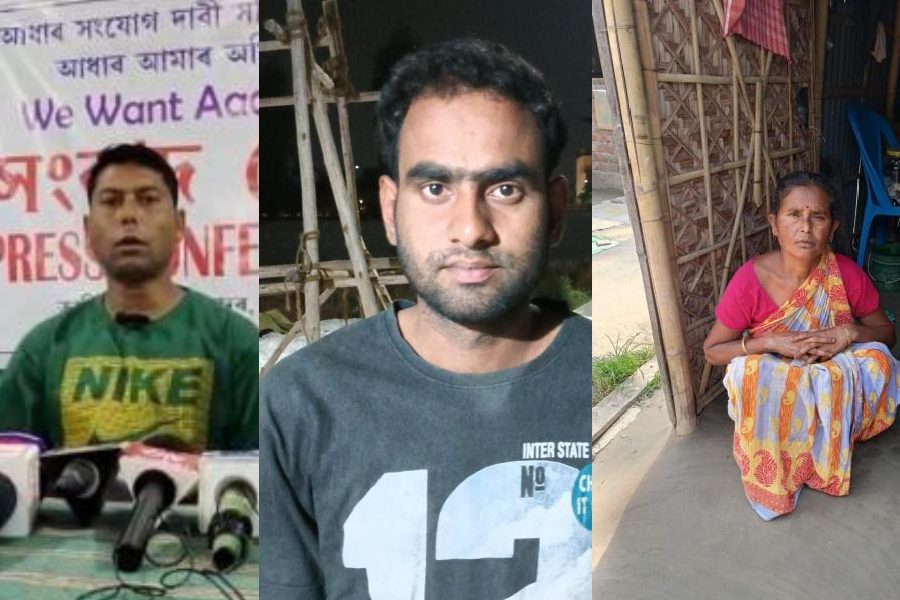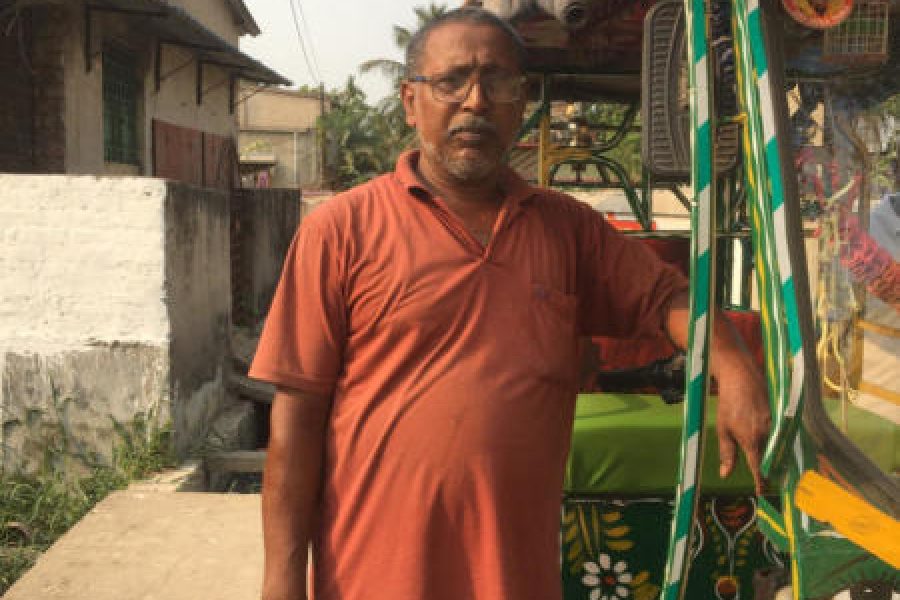The Archaeological Survey of India (ASI) has decided to undertake 3D laser scanning of the 11th-century Lingaraj temple, the famous Shiva temple of Odisha in Bhubaneswar.
3D laser scanning of the temple is required to locate cracks that may have developed in the shrine. Water seepage is also noticed in parts of the temple.
Superintending Archaeologist, Archaeological Survey of India (ASI-Bhubaneswar Circle), Sushanta Kumar Kar told The Telegraph said: “It’s a 11th-century temple. Till date there has been no detailed study of the condition of the temple.
“We need to go for a detailed investigation of the temple to know the stress condition of the temple.”
Kar said: “A delegation of the ASI team led by the director, conservation, inspected the main shrine and other shrines located on its premises on Monday to know the status of the main temples and other shrines”.
During the inspection, the servitors of the temple showed the team how seepage is taking place in all parts of the shrine.
Kar said: “The 186-feet Lingaraj temple has three floors. From the second floor onwards, we would be able to inspect the temple outside. But to know the condition of the ground and first floor of the temple, the technical team needs to enter the sanctum sanctorum of the temple.
“After the required permission from the temple trust authority, we will initiate steps accordingly and take up the conservation and preservation work.”
In order to know the status, stress level and cracks in the temple, the ASI has decided to go for the 3D laser scanning and photogrammetric survey.
“The 3D laser scanning will be done inside the temple. With the help of a photogrammetric survey, the technical team will click thousands of high-resolution photos and it will help them in assessing the condition of the 11th-century shrine,” said the official.
The photogrammetric survey will be done with the help of a drone. The ASI will bring a 250-feet and 50 tonnes of crane near the temple to carry out the required survey.
After the survey is completed, the ASI would go for structural conservation as well as chemical preservation of the shrine, officials said.
The ASI has asked the temple trust to ensure that all the plastics and debris deposited inside the temple must be cleaned. It asked the temple trust to ensure that all vegetation was cleared on all the towers of the temple.
Weed growth has been found in many shrines located inside the main shrine with their roots spreading deep into walls. If allowed unchecked the vegetation could endanger the structural stability of the shrines.
It is also the trust that ensures no one is allowed to hammer a nail into the walls of the main shrine and other shrines. Hundreds of devotees used to visit the temple daily. Even Prime Minister Narendra Modi visited the temple in 2017.










